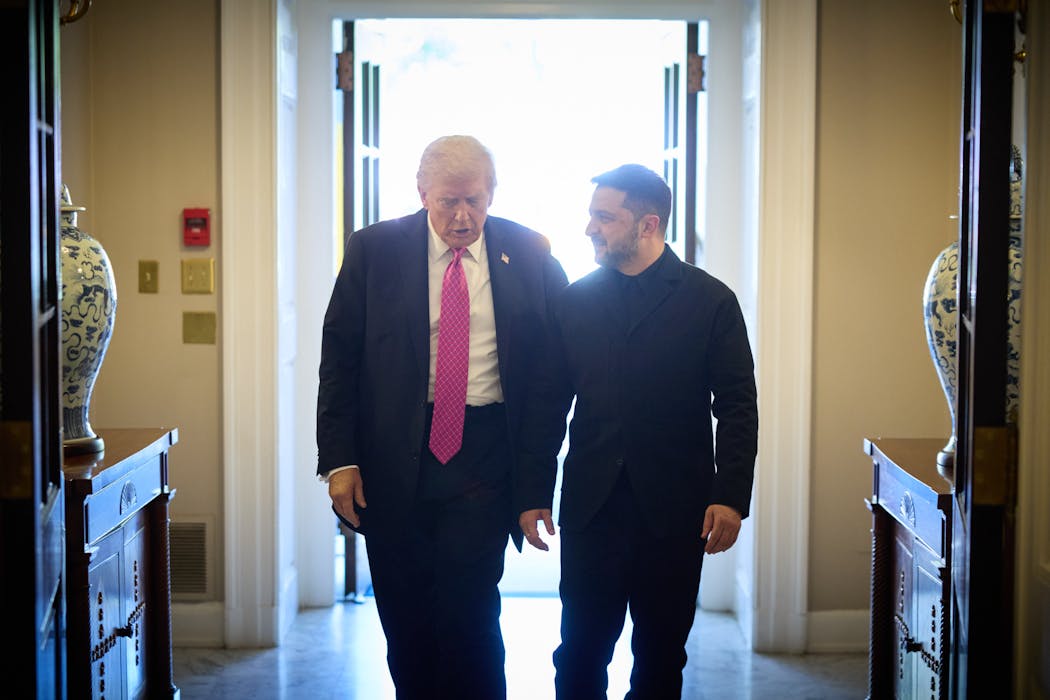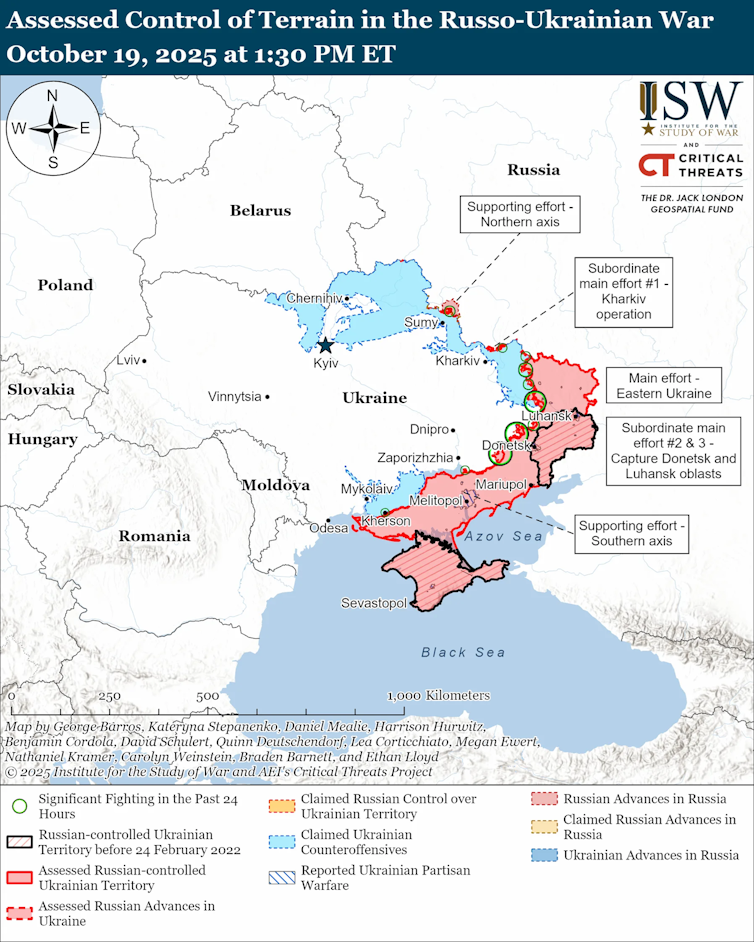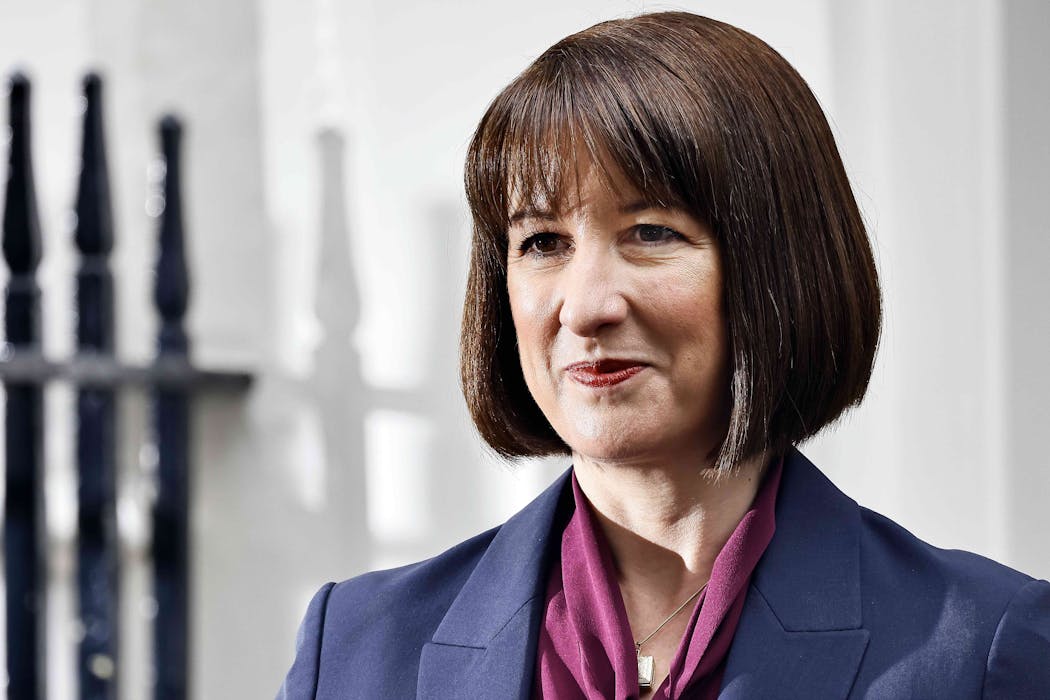Source: The Conversation – UK – By Alice Vernon, Lecturer in Creative Writing and 19th-Century Literature, Aberystwyth University

In 1874, renowned chemist Sir William Crookes sat in a darkened room, eyes fixed on a curtain over an alcove. The curtain twitched, and out came a glowing ghost of a young woman, dressed in a white shroud. He was entranced.
But the ghost was fake, and his involvement in séances nearly ruined his career. The lesson wasn’t learned, however, and Crookes, like thousands after him, continued to search for evidence of spirits.
The popularity of the Victorian séance, and its associated pseudo-religion Spiritualism, spread rapidly across the world. From small parlours hushed with the hopes of the recently bereaved, to grand concert halls, audiences were eager for a spooky spectacle.
Ghost-hunting remains an immensely popular cultural interest. Platforms such as YouTube and TikTok are now awash with amateur investigators trudging through abandoned buildings and well-known haunted houses in order to capture evidence.
I’ve spent the last few years researching the social history of ghost-hunting for my new book, Ghosted: A History of Ghost-Hunting, and Why We Keep Looking, to examine ghosts from the perspective of the living. Why do we continue to cling to the hope of finding definite proof of a spectral afterlife?
The active investigation of ghosts became an international phenomenon in 1848, when young sisters Kate and Mary Fox popularised a knocking code to communicate with the ghost that allegedly haunted their farmhouse in Hydesville, New York.
Five years later, it was estimated that they had amassed $500,000 (equivalent to almost £15,000,000 today). Spiritualism spread across the world, particularly to the UK, France and Australia. It was helped along by grief in the aftermath of the American civil war and, in the beginning of the 20th century, the mass bereavement of the first world war.
People turned to Spiritualism and ghost-hunting for fame and fortune, but also for genuine hope and an overwhelming need for evidence that death was not the end.
Rise of the sceptic
In direct parallel with Spiritualism, however, rose sceptics keen to seek out the truth of ghosts. The most vehement critics of Spiritualism were magicians, who felt that mediums were trying to copy their trade but from a morally reprehensible approach. At least a magician’s audience knew they were deliberately being deceived.
The famous illusionist Harry Houdini, for instance, often bitterly argued with his close friend and ardent Spiritualist, Sir Arthur Conan Doyle, about the fraudulent practice of mediums.
With the rise of modern scientific laboratories and the development of portable sound and image recording devices in the 20th century, ghost hunting became an increasingly popular and sensationalised hobby. Harry Price, psychical researcher, author and professional hobbyist, used ghost-hunting to create a cult of personality for himself, sniffing out any interesting haunting that could potentially lead to publicity.
But it was also Harry Price who brought ghost-hunting to the media as a form of entertainment. In 1936 he did a live BBC radio broadcast from a haunted house.
Price’s broadcast is the forgotten precursor for ghost-hunting as we know it today. Reality TV shows mimic the format of his 1936 broadcast, with examples such as Most Haunted gaining a loyal following since it began airing on Living TV in 2002. While no longer produced for television, the Most Haunted crew continue to film and post new episodes on their YouTube channel.
It’s also a clear influence for international copies such as Ukraine’s Bytva ekstrasensov and New Zealand’s Ghost Hunt. Social media, too, has changed the way we ghost hunt. It has allowed for amateur groups and investigators to gain an immense audience across various platforms.
But ghost-hunting is also rife with competition as groups and investigators seek to outdo each other for the best evidence. For many, this means coming armed with Ghostbusters-style tools. These can include flashing gadgets and sensors, including electromagnetic field detectors, high-tech sound recorders and even motion-activated LED cat toys.
It’s all in a bid to gain the most “scientific” evidence and, therefore, popularity and respect among their peers. It seems that the more scientific we claim to be in the search for ghosts, the more we allow pseudo-scientific theories to encroach on the hunt.
It’s not about proof, it’s about people
Yet we never give up. This is what fascinated me when I undertook my research. I wanted to know why, after centuries, we’re no closer to achieving conclusive evidence for the paranormal, but ghost-hunting is more popular than ever before.
I even went on a couple of ghost hunts myself to try to figure out this conundrum. The answer, I think, is that ghost-hunting isn’t for scientific discovery at all. It’s for social connection, revealing more about the living than the dead.
I had one of the most fun experiences of my life while on a ghost hunt. Despite being a sceptic, I was drawn into the search, but also to the way it allowed me to connect with new people and with the history of the haunted building itself.
What I’ve learned through my research and experiences is that ghost-hunting is about us, the living, more than the ghosts we try to find. Ghost-hunting, done ethically, is a crucial social activity. It allows us to process grief, to analyse our fears of death and to explore what it means to be alive.
![]()
Alice Vernon does not work for, consult, own shares in or receive funding from any company or organisation that would benefit from this article, and has disclosed no relevant affiliations beyond their academic appointment.
– ref. Why we keep hunting ghosts – and what it says about us – https://theconversation.com/why-we-keep-hunting-ghosts-and-what-it-says-about-us-267173













